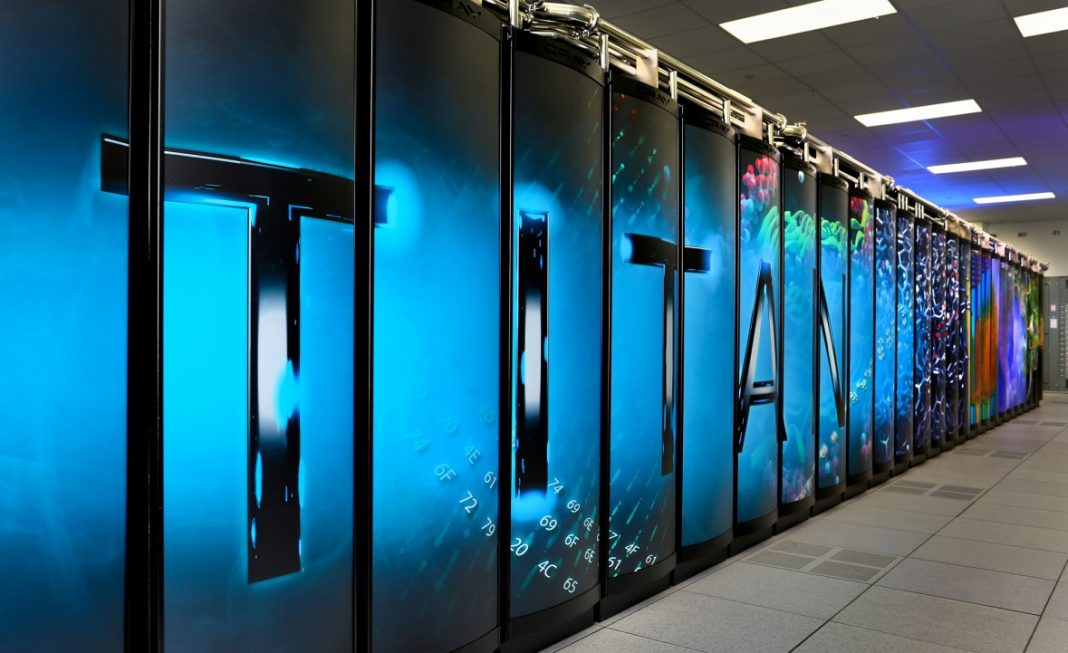Most processors you come across these days are designed to access large chunks of data which fill up their internal caches. They all have one thing in common: they’re based on the same basic computing model called Von Neumann. But, there are much more efficient ways of doing the same job, hence why the American military has taken a shine to a new kind of chip called the HIVE (Hierarchal Identify Verify Exploit). It’s the first of its kind and DARPA is spending $80 million on investing in it.
What makes the HIVE so great is its ability to access random, 8-byte data points from its global memory and then crunch these points individually. It’s a much more efficient way to handle large amounts of data as is extremely scalable by using as many HIVE chips together as needed.
But, as fantastic as these chips are, it will be a long time before you and I get to see the real benefit of them. These chips, when completed, will be like reinventing the wheel, so is not something that can be achieved overnight. When they are finally ready to use, these chips could dramatically change the world of computing as we know it. Obviously, the American military is first in line to make use of them, but following that they could be used to detect and control disease outbreak too.
More News to Read











